
Has your writing been feeling a little lackluster lately? Wondering how you can take it to the next...

Has your writing been feeling a little lackluster lately? Wondering how you can take it to the next...
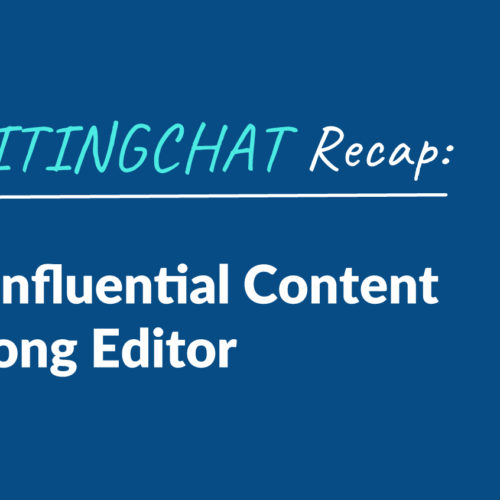
Want to learn how you can create influential online content? Wondering how you can strengthen your editing skills...
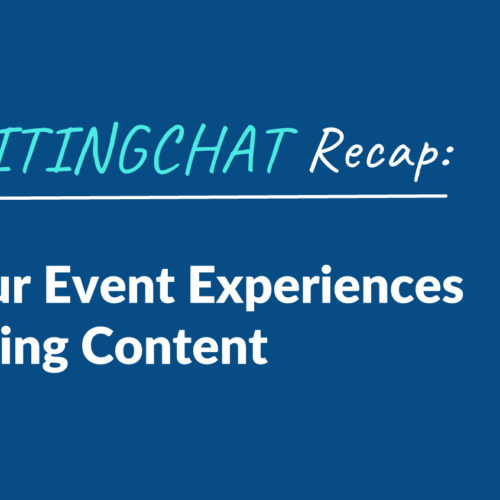
These days, in-person events are the place to be if you want to expand your knowledge, strengthen your...
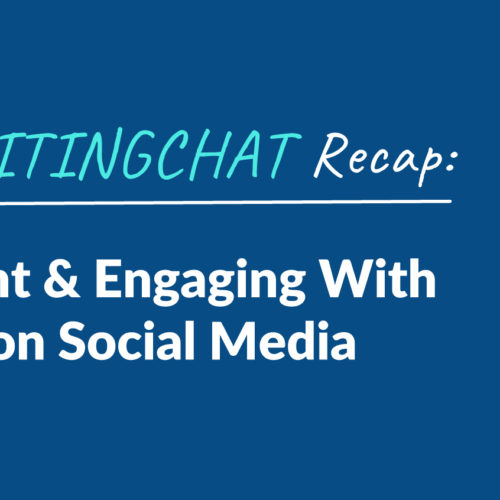
Social media can sometimes feel a little overwhelming. There are so many platforms to keep track of, you...
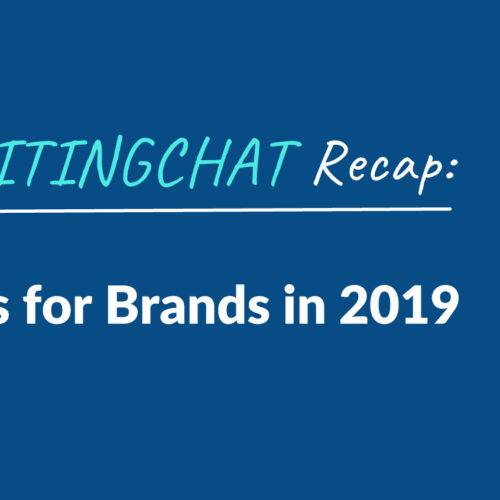
“Storytelling” is quite the buzzword these days when it comes to brands and creators… But what do you...

For this round of #ContentWritingChat, it’s all about leadership and marketing! It doesn’t matter if you’re building (or...
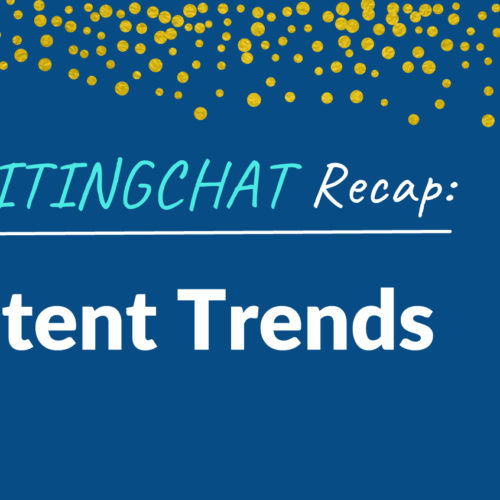
For the first #ContentWritingChat of 2019, it only makes sense that we would take time to reflect on...

It’s no secret that content is important. What we publish on our blogs and anywhere else online plays...

What are your thoughts on LinkedIn? Are you actively using this platform as a tool to build your...

Have you been using live video as part of your brand’s online strategy? If not, now is the...
No HR needed to get access to the best writers, editors, QAs, and strategists. We are your all-in-one content writing service delivering publish-ready content.
Copyright – 2025 Express Writers -All rights reserved